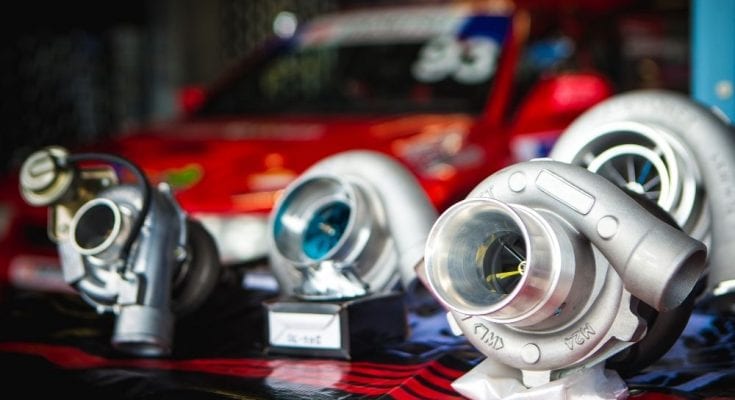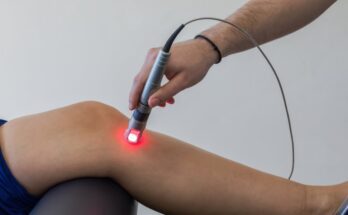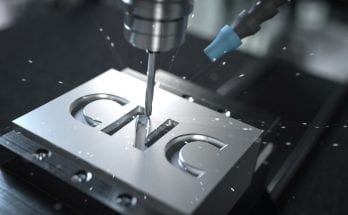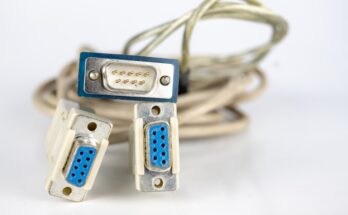A car boasts some truly complex technology. Vehicles consider many physics theories that are very hard to sort through if you choose to take the time. And some vehicles are more complex than others with the inclusion of a turbocharger (or turbo). Still, I think we can get an explanation of the fundamentals of how turbochargers work that will leave your mind intact.
The Simple Explanation
A turbocharger is all about power—adding a turbocharger to a car is a highly effective way to increase its strength. Simply, a turbocharger forces more air into the engine’s cylinders. When extra fuel is added to the air, a bigger bang can be created in the cylinder. A bigger bang means more power. And, if you’re not satisfied with that explanation, here is the theory behind how a turbo works.
How Does a Turbocharger Work In Theory?
If you understand how a jet engine works, you should understand how a turbocharger works. A jet engine sucks in cold air and heats it up in a chamber where it burns fuel and blasts hot air out of the back of the unit. As it leaves, the hot air swishes past a turbine (which is similar to a little metal windmill) that drives the air pump at the front of the engine. This feeds the extra air into the engine, which gives a boost in power.
You can apply these same principles to the turbo of a car’s piston engine. It uses exhaust gas from the engine to drive a turbine. This spins an air compressor that pushes extra air (and oxygen) into the cylinders, allowing them to burn more fuel each second, resulting in more power.
How Does a Turbocharger Work In Practice?
That was the theory behind how a turbo works, but what’s really happening? A turbo is effectively two little air fans spinning together on the same metal shaft. One of these fans, called the turbine, sits in the exhaust stream after the cylinders. As the cylinders blow hot gas past the fan blades, they rotate their connected shafts.
The second fan is called a compressor, and since these fans are on the same shaft, it rotates too. It is mounted inside the car’s intake, so it draws air into the car and forces it into the cylinders while spinning. As stated above, the cylinders are where the power comes from in your vehicle.
There are many types of turbochargers, and each type works a different way—this is just an overview. Hopefully, this brief guide has informed you as to the fundamentals of how turbochargers work. You might have one of these pieces of machinery in your car. Knowing a little bit about how your engine works could help you ever get in a bind on the road. Remember that working on turbochargers is strictly for the professionals. Don’t try this process at home if you’re an amateur.
How does a turbocharger work?
If you understand how a jet engine works, you should understand how a turbocharger works. A jet engine sucks in cold air and heats it up in a chamber where it burns fuel and blasts hot air out of the back of the unit. As it leaves, the hot air swishes past a turbine (which is similar to a little metal windmill) that drives the air pump at the front of the engine. This feeds the extra air into the engine, which gives a boost in power.



